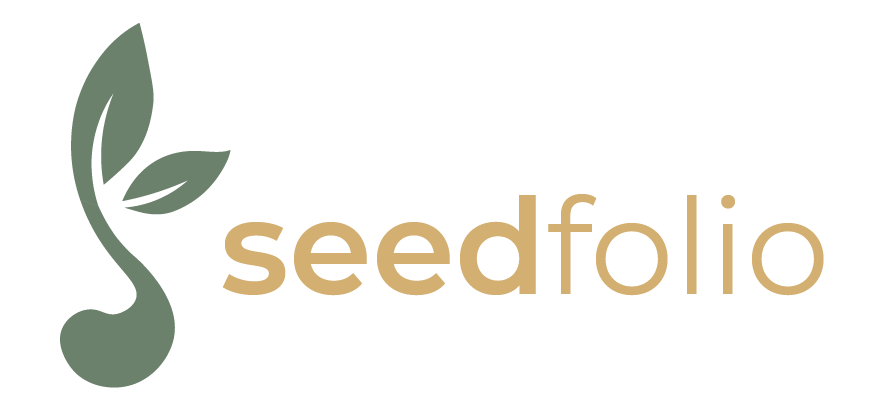Invest
After we Verify that this deal is the one in one hundred that is worthy of investment, we have a few structural details we prefer to see.
At the seed stage, it is common to invest in a company via convertible notes or SAFEs (Simple Agreement for Future Equity). The problem with those is that they are not equity.
We prefer priced equity rounds. Several sets of streamlined standard documents make the process relatively painless such as Series Seed or NVCA documents. There are many advantages to priced equity rounds. One big one is tax advantages.
The U.S. tax code has many attractive features for investors in startups. But the features only kick in for equity in a company, not for convertible notes or SAFEs.
If you invest in a company and it has a huge exit after 5 or more years, section 1202 of the Internal Revenue Code (IRC) says that you pay zero tax on your gain. The trick is that your investment has to be for Qualified Small Business Stock (QSBS) (not for a note or SAFE). When you invest in QSBS, the date of your investment begins the 5-year timer. When you invest in a note or SAFE, the timer does not begin until that note or SAFE converts to equity in the next priced round.
What if there is an early exit before 5 years? You can defer gains on QSBS (not a note or SAFE) held less than 5 years by doing a 1045 exchange. You can defer gain in QSBS that you sell, after holding it at least 6 months, by investing in new QSBS within 60 days. Since SeedFolio is targeting about 1 investment per month, it is well-positioned to capitalize on the 1045 exchange for its partners.
Many startups fail. Losses are usually treated as long-term capital losses. It would be advantageous if the loss were treated as an ordinary loss. Section 1244 of the IRC allows that, if your investment is part of the first $1m of QSBS in a company, you can treat the loss as an ordinary loss. There are some limitations and more details, but that is the basic idea. If your investment were via a note or SAFE and the company never got traction and your investment never converted to equity, then you could not take advantage of the 1244 treatment.
There are objections raised to priced rounds at the seed stage. We have heard many of them but don’t find them compelling:
“It is so much more expensive to get a lawyer to do a priced round.” Series Seed (as well as NVCA) are standard documents that are not hard to modify. I know a lawyer who will prepare documents for a Series Seed price round for approximately the same price he would charge to prepare a convertible note.
“We don’t know how to value the company, so we should avoid that discussion until Series A.” In reality, most notes and SAFEs have a “cap” that specifies the maximum price at which the investment will convert into Series A shares. That usually serves as a de facto price for the note or SAFE.
“But what if the series A gets priced at less than the cap on the note? With a note or SAFE, we get a discount to the Series A price.” Series Seed documents provide anti-dilution protection, which is akin to retroactively giving you more shares for the price you paid.
Priced rounds usually bring with them explicit conversations and negotiations about board makeup. Priced rounds include representations and warranties by the company, which provide some investor protections. SAFEs don’t include many of these. Notes are somewhere in between, but usually closer to SAFEs.
Priced rounds are less subject to negotiation by the Series A investor than SAFEs or notes.
We will participate in notes or SAFEs when necessary; however, we steer the deal structure to be a priced round whenever possible.
(To see the last stage of our process, click "Support" at the bottom right of this page.)


